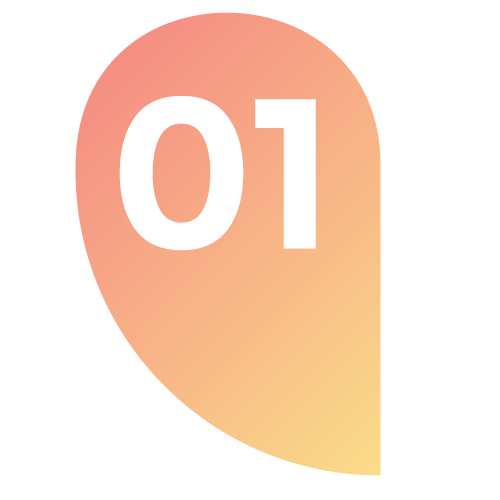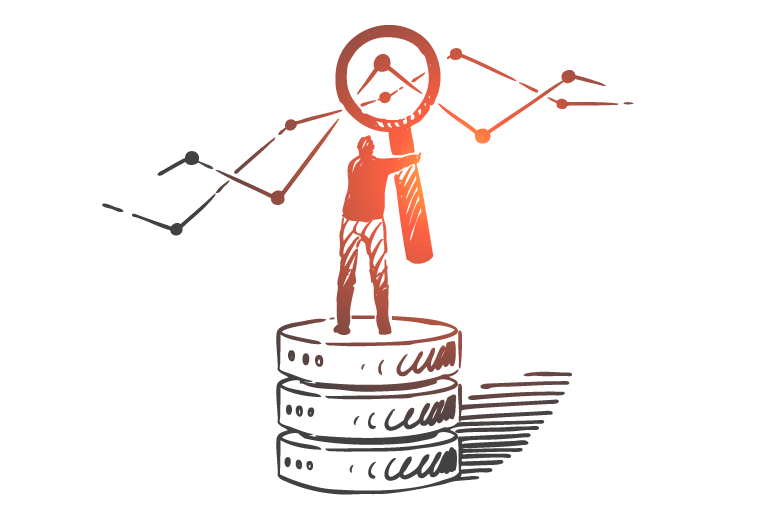Laura Browne of Covalent Bonds, a marketing strategy company, returns to cover how you can put real metrics behind media coverage of your organization, delivering ROI for your PR and communications strategies.
During the pandemic, many science companies have been in the news. Both with proactively obtained coverage (for example, here Thermo Fisher issued a press release that was picked up by a publication) as well as organic (this article includes Thermo Fisher as part of a story that features multiple brands). How does a company evaluate the impact of this media attention? How do you determine if one story is better than another? Media analysis enables you to understand what the media is saying about you. It can also be used as a barometer for your reputation with the general public.
Understanding the objectives of a good PR and communications strategy is fundamental to evaluating its effectiveness. You need to know why you are spending money to understand what impact it is having.
Typically, companies are using PR and communications during a crisis like the pandemic to communicate key messages, and to build reputation and trust.
Under more traditional circumstances, companies use media analysis for one of four purposes:

To measure the effectiveness of their public relations strategy, providing evidence of the success of your programs, and quantifying return on investment.

To gather competitive intelligence. CEOs do not see the value of public relations as it is hard to link outcomes to sales. However, they do care about exposure versus competitors. So, competitive analysis is a major driver for media analysis programs.

To strategically plan a media program. Media analysis can give you data on which publications and journalists are the most effective for you to target.

To understand what positioning, messaging and issues resonate the most.
It is important to decide on a set objectives and metrics that are important to your company before starting any program.
Read through the chart below to get a sense of where to begin and help you keep track of how to analyze impact of news coverage.

To see an example of a media analysis project, the team at Covalent Bonds produced a free-of-charge media analysis resource analyzing COVID-19-related news coverage of top life science brands. Take a look to see the kind of data that you can obtain from a media analysis project online.
Covalent Bonds helps companies harness the power of their data to ensure maximum marketing results. They help companies working in scientific industries to use data to optimize their activities throughout each stage of their marketing programs, from strategy and planning, content development, program optimization to measurement and reporting.
Subscribe to their podcast: Talk Life Science Marketing Analysis to hear interviews with companies such as Thermo Fisher Scientific, Waters and Nanotemper on how they use data to make better marketing decisions.
More information is also available on their website.


















